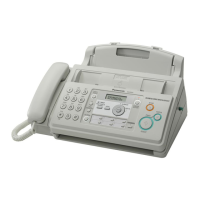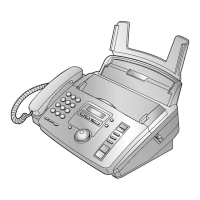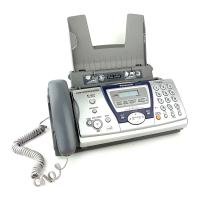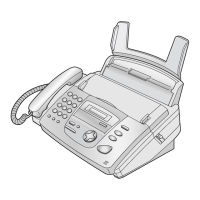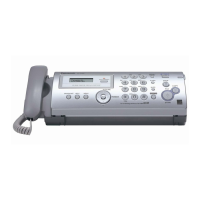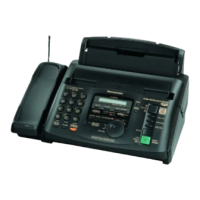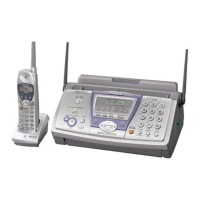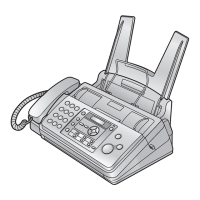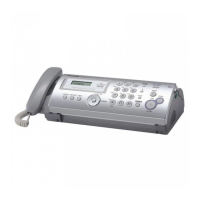No. Countermeasure
Side
Echo Communication Problem
Example
Countermeasure
1 Sending side Some time is needed to
compare the level of the
receiving and sending signals
for the echo canceler. The
header of the training signal
lacks due to a switching delay
to close S1.
Add a dummy signal to the
beginning of the training
signal.
Service
(
This
becomes
2
Receiving side The echo canceler function
stops according to a CED
signal frequency of 2100Hz (S1
and S2 are both ON), a DIS
signal is returned as an echo,
and a DCS signal from the
sending side overlaps theDIS
echo. Then the receiving side
FAX cannot retrieve the DCS
signal.
(Refer to Fig. a)
Change to a 1100Hz CED
signal frequency. (Refer to
Fig. b)
Service
(CED
Receiving side Change the regular rime of
75 msec between the CED
signal and DIS signal to 500
msec. This will give at least
250 msec to recover the
echo canceler operation.
(Refer to Fig. c)
Service
(Time
and
Sending side The sending side FAX sends
a DCS signal not after
receiving the 1st DIS signal
but after receiving the 2nd
DIS signal. (Refer to Fig. d)
Service
(
3 Sending side Communication failure occurs
in a long distance
communication on the
telephone line without an echo
canceler.
or
There are some cases (e.g.
Mobil comms.) which causethe
collision of TX / RX signals due
to the delay / echo and noise of
the network / terminal. (Refer to
Fig. e)
Decrease the transmission
level from -10 dBm to -15
dBm and the echo level will
decrease.
Service
(
4 Sending side
Receiving side
Decrease the receiving
sensitivity from -13 dBm to
about -32 dBm so an echo
signal will not received.
Service
(Receiving
5 Sending side
Receiving side
Set additional Pause time
(Service mode: code No.
774) in between the original
and its repeated signals, to
prevent the collision of the
signals at both end.
Service
(T4
Fig. a (Overlapping the Echo of the DIS signal and DCS signal)
107
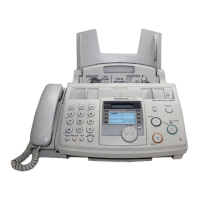
